Topic outline
-

Lecturer : Dr. Nafisa Binti HosniDr. Siti Hajar MisnanPuan Noordini Che'man
Semester : 201516-1
Synopsis :
This course aims at instilling in new urban planning students awareness of the fundamental human-environment relationship and the kind of problem our present day built environment is in terms of urban livability and sustainability; leading to basic appreciation of, and passion for, good urban planning and design. To that end, the studio focuses on training students in various skills of perceiving and appraising the built environment and the society that constantly shapes and uses it; and the ability to effectively communicate their opinions and evaluation on the built environmment in visual (graphic) and verbal modes.
Upon completion of this course the student should be able to:
1. Contextually appraise different urban environments towards identifying planning issues/factors that underlie observed urban problems/success.
2. Produce legible visual notes that may include freehand sketches, perspective drawings, conceptual diagrams, mental maps and appropriate annotations.
3. Confidently express judgements about potentials, constraints, opportunities, problems and/or needs of a place using basic urban design vocabularies.

This work, SBEP1115 Studio 1: Planning Awareness by Dr. Nafisa Binti Hosni, Dr. Siti Hajar Misnan, Puan Noordini Che'man and Mr. Chau Loon Wai are licensed under a Creative Commons Attribution-NonCommercial-ShareAlike 3.0 Unported License -
Topic 1IntroductionGetting to know (and love) Urban and Regional Planning (URP) - the noblest of built environment professions
-
Topic 2
Observation Technique
What is the observation? How observation help you to understand city and collect the information needed?
-
Topic 3Human Environment Relationship
Human-environment relationship - Urban environmental perception, sustainability and built environment.
Impacts on the environment - Building, spaces, aesthetics, human activities, soft/hard landscape, facilities; safety (CPTED), functional connectivity etc.
-
Topic 4
Cities are for and of People I
Spaces for living, working, learning and playing. Introduction to residential layout.Planned housing areas and master planned mixed-use townships
-
Topic 5
Cities are for and of People II
Spaces for living, working, learning and playing. Introduction to residential layout.Planned housing areas and master planned mixed-use townships




